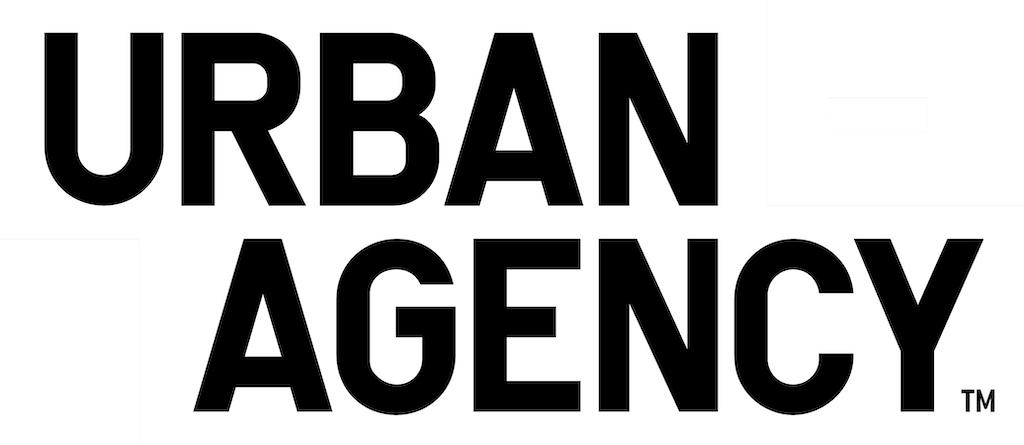MANSFELD PARK REVITALIZATION
CLAUSEN, LUXEMBOURG
Mansfeld park is located in the Clausen district of Luxembourg. Today what is an under used public area, bordered by the Alzette river to the south and rocky cliffs to the north, was the former site of Parc la Fontain, a castle and garden area constructed in the 16th century by Pierre-Ernest de Manfeld. Remains of the palace, fountains and its vast gardens are fragmented across the site and require acknowledgment and new life in the future.
Accordingly, the project proposal for Mansfeld park is one that reinvigorates and breaths new life into this unique public space by connecting the fragmented elements and layers of history into a project that can serve the community today. The objective is to restore and reinterpret the identity and qualities of Mansfeld park in a contemporary way, that brings recognition to the historical narrative of the place while prioritizing the park for the locals of the area.
This is an urban project. It has been important to consider how the park integrates into the surrounding neighbourhood. To call more attention to the presence of the park, entrances are emphasized and re-qualified and the paving around them is changed to make the park more visually known from the street. The Place Ste Cunégonde has been made into a generous and versatile public square without cars, now connected to the park and functioning as a main entrance. The use of new paving has been repeated in neighbouring areas which have been reactivated – the LUCA square, along the former first courtyard of the castle and on the other bank of the Alzette connecting new green spaces. All entrances have been linked by new routes through the site which link up to a new and accessible promenade that runs along the ruins in the northern edge of the park. Surrounding the park, all roads have been reclassified as 30km/h zones where car parking has been removed to create more pedestrian friendly areas with paths, benches and vegetation. Furthermore, a new bike and pedestrian bridge has been established, connecting the park to the opposite river bank.
The approach to the historical remains has largely focused on reactivating the south façade through a unified architectural language and palette of common materials. Along the new promenade a stepped plinth has been established to allow people to move between the park, the remains and its back cozy courtyard space with ease. The remains are reprogrammed in such a way that the “Fischerhous” has become an open-air building with multiple connections through, up and down made by new corten steel stairways. In the adjacent space the old grand gallery building is re-established through wooden lamellas which is programmed to become on the upper level a new visitors center and on lower levels a café and multi-functional space (which can temporarily host archaeologist offices while excavations are still ongoing). Next to the gallery, and along the Rue de Clausen in the former east tower of the castle, an additional open air circulation space is proposed, allowing entry and circulation from the street.
The Bassin de Neptun is the largest and most highly regarded ruin that still exists on site. Accordingly we have proposed a simple roof structure to protect the area using the same palette as in the other ruin work. Importance has been placed on ensuring visibility and accessibility while ensuring preservation and protection.
Water, being an essential element in the composition of the former Parc la Fontaine and the overall history of the Clausen district, has had high priority in the redesign of the park. The proposal has aimed to reintroduce its presence in a way that is historical and playful through a contemporary and climate focused approach. The original sources are reactivated, supplying water through the site in a visual way along walkways. The water leads to the locations of the old fountains which have been redesigned as a drinking fountain, a water mirror and a labyrinth of water jets for the use and play of visitors. From the fountains the water is carried into the park and is collected in a retention basin along the south of the park which additionally retains rainwater when necessary. The water path ends its course by joining the Alzette.
The park itself is planted as such to consolidate and enhance the existing vegetation, offering a diversity of atmospheres and uses; from urban agriculture opportunities, to planted spaces for ecological diversity, fruit trees for seasonal food production and a large meadow for various activities and diverse events.
The vision for the Clausen neighbourhood largely seeks to create a park as an informal gathering space for community that is accessible and comfortable while flexible over time and adaptable over seasons. Small infrastructure has been programmed with community meeting spaces and a school learning center to engage the range of users from the local area. The hope is that Mansfeld park will become the new centrality of the district, offering a space of relaxation and remembering within one welcoming framework.
Program: Urban development
Size: 9,500m2 built/reconstruction + 20,000m2 landscape
Location: Clausen, Luxembourg
Client: City of Luxembourg
Collaborators: Binario Architects, In-Situ, Schroder, Ney & Partners, Impact Lab, Historical Consulting
Type: Competition, 1st prize
Team: Henning Stuüben, Heechan Park, Kristen Van Haeren, Oğuzcan Çavuş, Luis Manovel Mariño, Scott Grbavac



